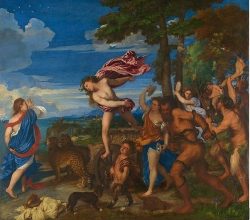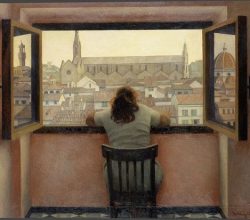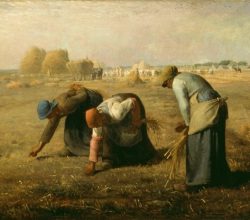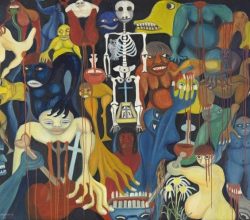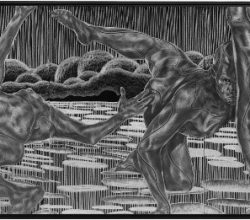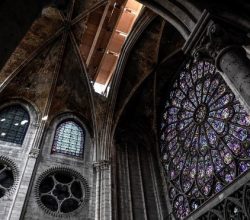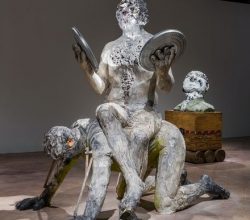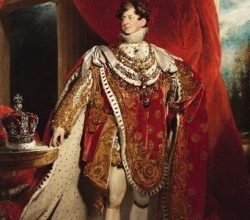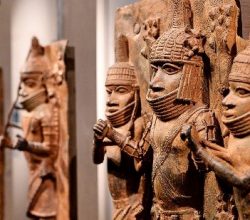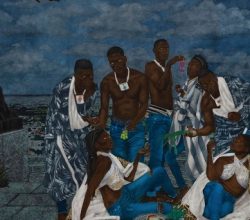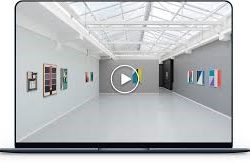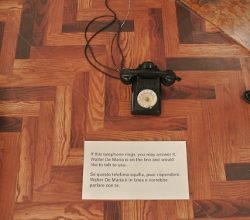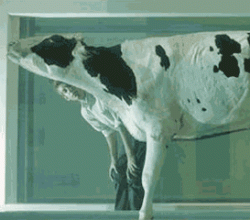
Huh? Wow!
Ben Eastham | The Times Literary Supplement | 7th August 2020
Three cheers for bewilderment! Prior to the 20th century art used a limited repertoire of forms, subjects and symbols. Since about 1950, however, art has taken to a wide array of ideas and materials. These days “anything goes”, literally. By all means ponder on one’s reaction (or non-reaction) to a work but embrace the feeling that “you have no fucking idea what it means … wisdom is born of wonder”.

